Buying or renting a home for the first time is very exciting– it’s a huge step, and there’s a lot of work and pride that goes into setting up your space! It’s also a great time to hit the reset button, declutter your life and improve your recycling habits to make you feel even better about your new move. We’ve rounded up our top five eco-friendly tips for homeowners to help you get started on the right foot.
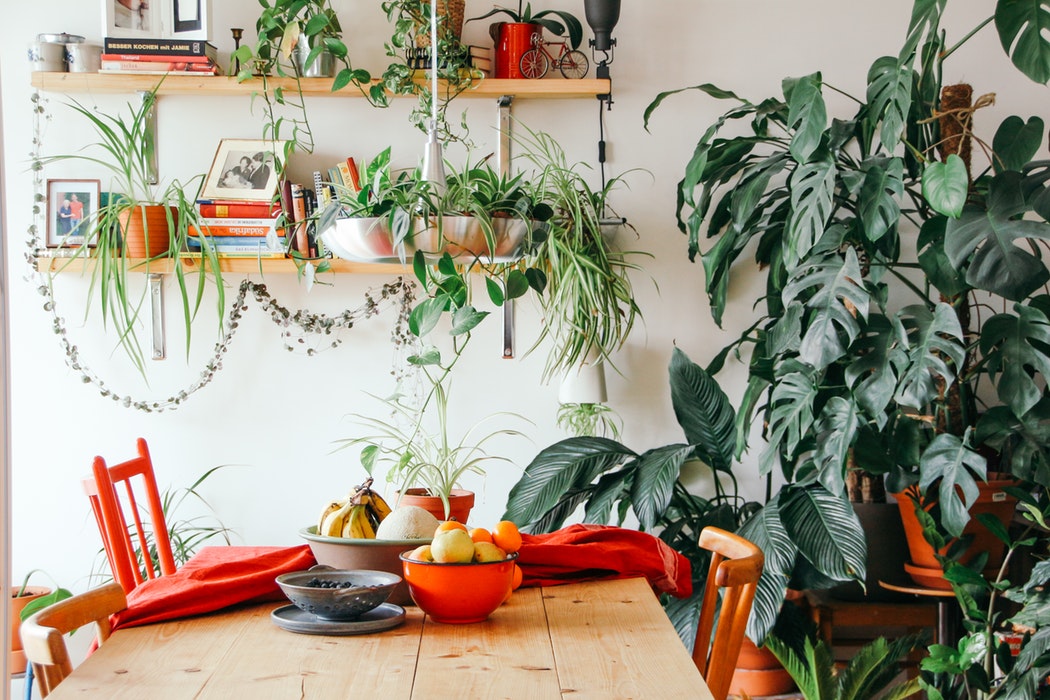 (Photo credit: Brina Blum via Unsplash)
(Photo credit: Brina Blum via Unsplash)
1. Declutter before you move
Before you start packing up your belongings, consider clearing your clutter and taking only the essentials to your new home. The best way to get started? Organize your stuff into four categories: keep, donate/sell, recycle, and throw away. Whatever you love and want to bring into your new space, put in the ‘keep’ pile and pack it up.
Consider donating or selling items you no longer need or want that haven’t reached the end of their useful life (think clothes, appliances, furniture, etc.). This environmentally friendly option allows items to live their full useful life while putting cash in your pocket or helping someone in need.
For items you no longer want that can’t be donated, check to see if they can be recycled or need to be disposed of in a safe manner that doesn’t involve a landfill.
It’s amazing how much you can, and should, take to a recycling facility for responsible disposal. Some of these products include paint, light bulbs, light fixtures, smoke/CO alarms, flammable liquids, solvents, and fertilizers. Use our recycling locator to find a recycling facility near you. Can’t find what you’re looking for? Check your local municipality’s website for recycling information or give them a call – they’ll be able to point you in the right direction to get recycling.
Last but not least, throw away the remaining items that can’t be donated, sold, or recycled. If you follow the above steps, there should be very little (if anything) left at this final stage. It’s amazing how much can be recycled and/or safely disposed of at drop-off centers!
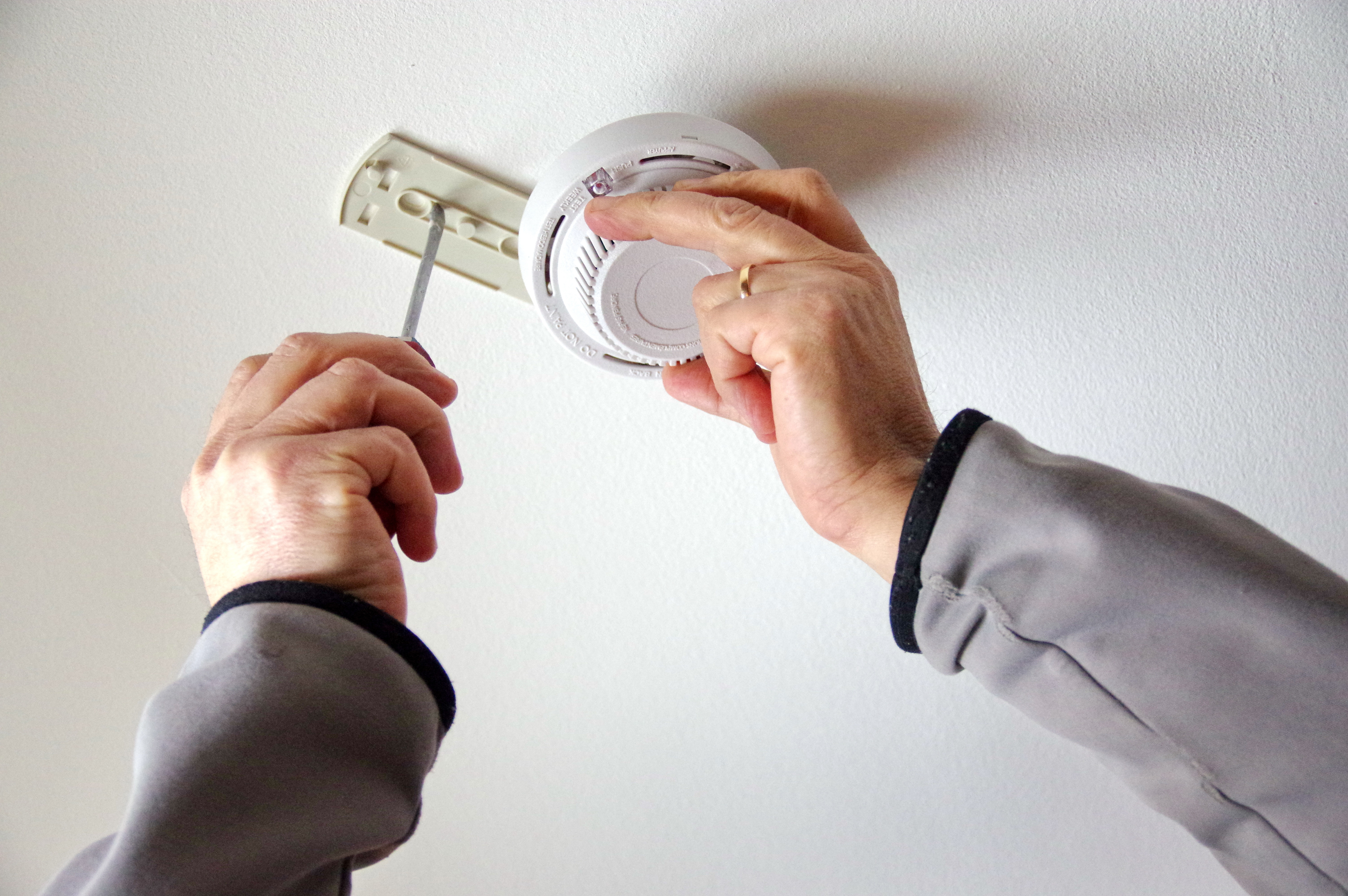
2. Make sure your smoke/CO alarms work
Only working smoke and CO alarms save lives. Check the expiry dates on the smoke and CO alarms in your new home, and make note of their expiry dates. When they do expire, be sure to recycle them.
If you live in BC, visit our recycling locator to find out where to recycle smoke alarms near you. If you live in another province, contact your local municipality to learn where you can safely dispose of your smoke/CO alarms.
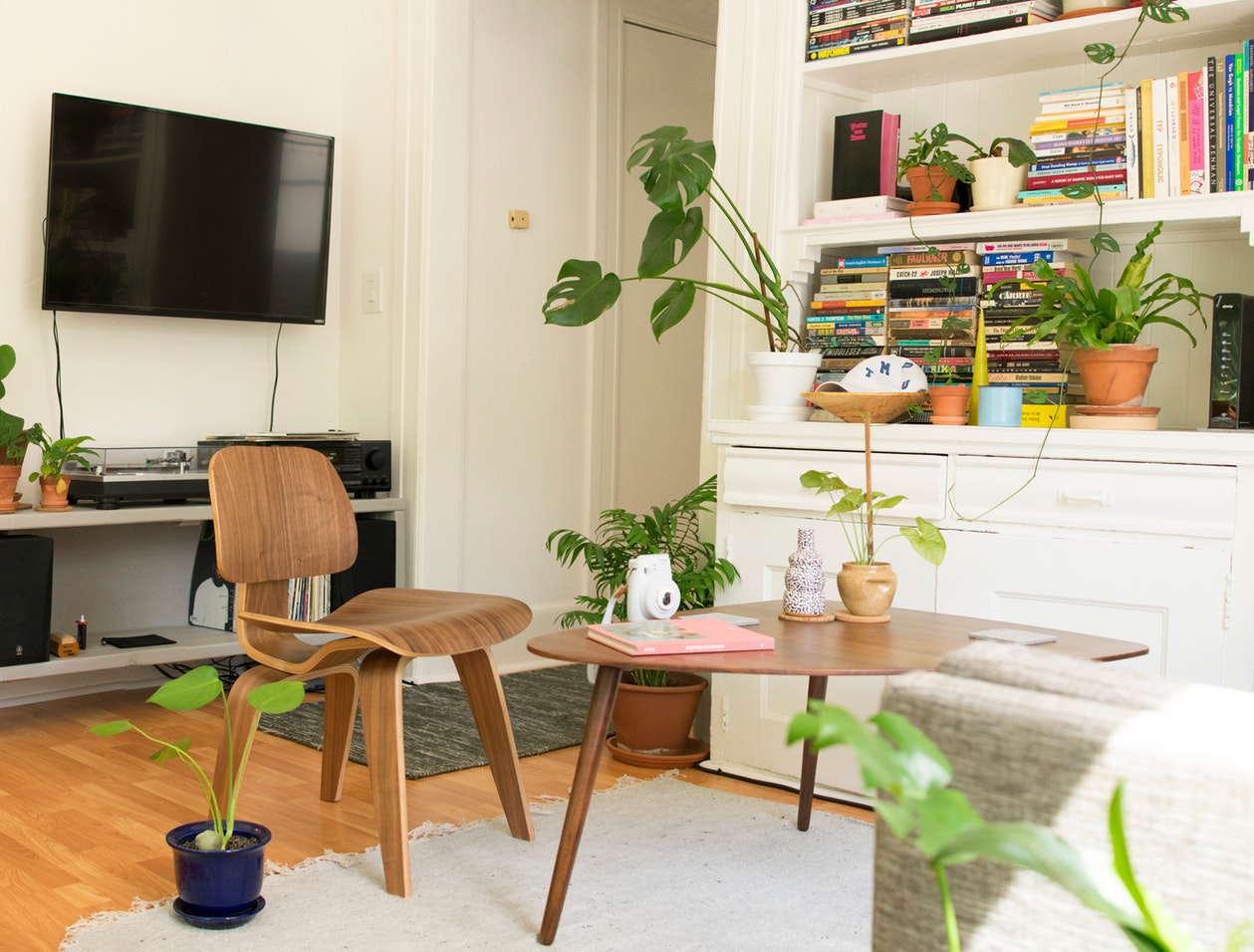 (Photo credit: Patrick Perkins via Unsplash)
(Photo credit: Patrick Perkins via Unsplash)
3. Get your home looking gorgeous with a fresh coat of paint
One of the easiest ways to transform a home is with a fresh coat of paint. Relative to other renovations you can do around your home, painting gives you a great bang for your buck. Fresh paint not only gives your room the wall color you want, but it also helps make a home look new (by getting rid of old scratches, stains, and scuffs) and can also eliminate lingering odours from previous residents. Who wouldn’t want those benefits in a new home?!
When painting, one tip we always keep in mind is the BUD rule:
Buy what you need (work with your retailer to estimate the right quantity), Use what you buy, and Recycle the rest. This simple rule is friendly for both the environment and your wallet!
If you do end up with leftover paint, be sure to bring it to a recycling facility for proper and safe disposal (here’s why recycling paint is important).
If you aren’t ready to recycle because you think you’ll need leftover paint for touch-ups, be sure to store your paint correctly. To properly store paint, clean the rim of the can to ensure a proper seal. Pour 1/8″ (3mm) of solvent on top of oil-based paint, or 1/8″ (3mm) of water on top of latex paint to seal the surface then secure the lid.
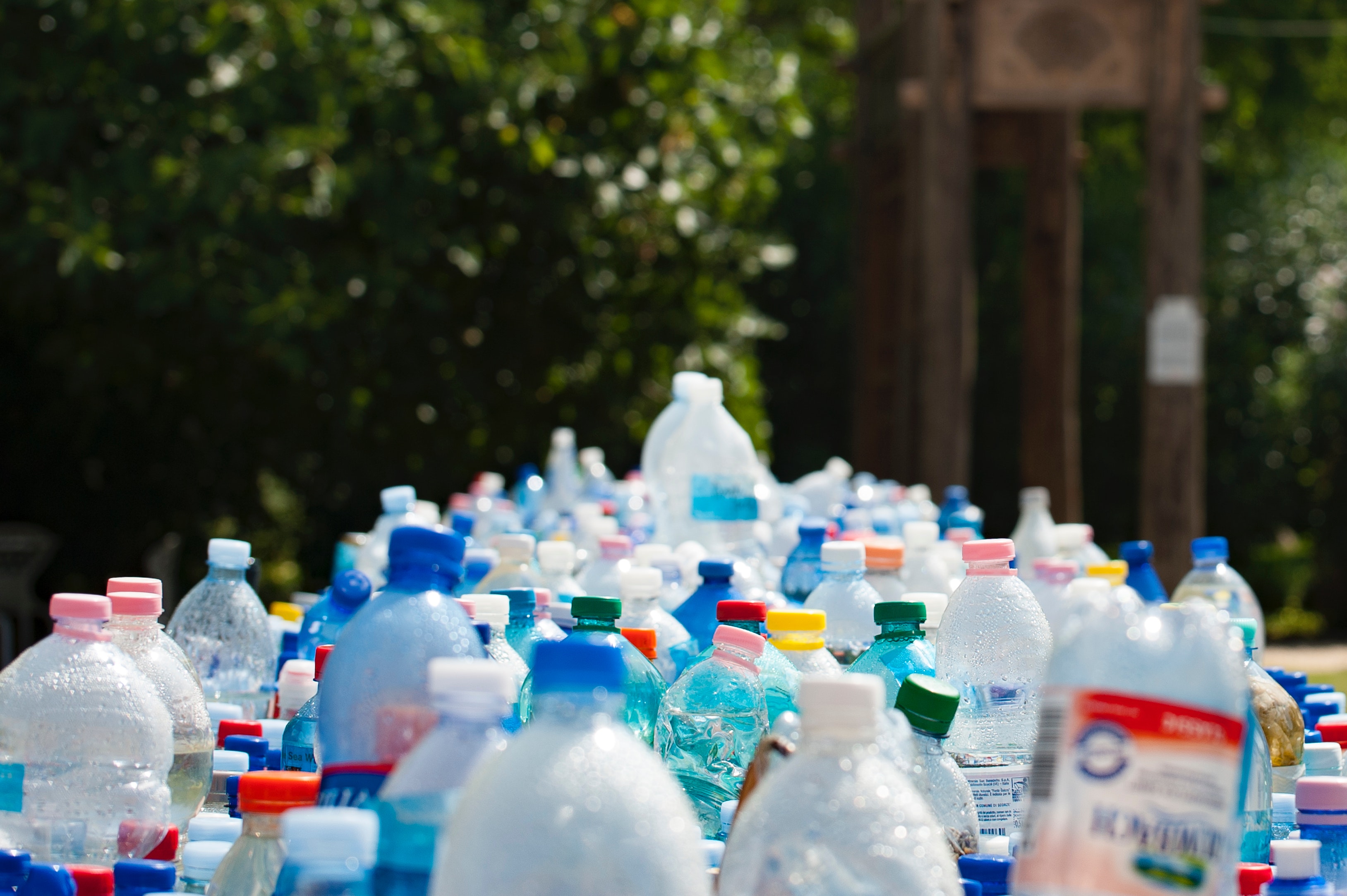
4. Set up your in-home recycling system
First things first – determine what you can and cannot dispose of in your new home. If you’re in an apartment building, familiarize yourself with the collection containers in the building disposal room. If you’re in a home, determine what curbside collection services are available to you, and on which dates.
Second, get organized! Once you have the lay of the land, set up your sorting system. Have a designated place to put your paper products as well as containers and organics. Be sure to organize your bins based on your building or curbside collection systems.
Finally, have another container for products that need to be recycled at a depot. This includes electronics, cords, small appliances, burnt-out light bulbs, household waste, and so forth. We find that having this designated ‘other’ container as a staple in the home makes it easier to store these items for later recycling. Once it’s full, that’s your reminder that it’s time for a visit to your nearest recycling location!
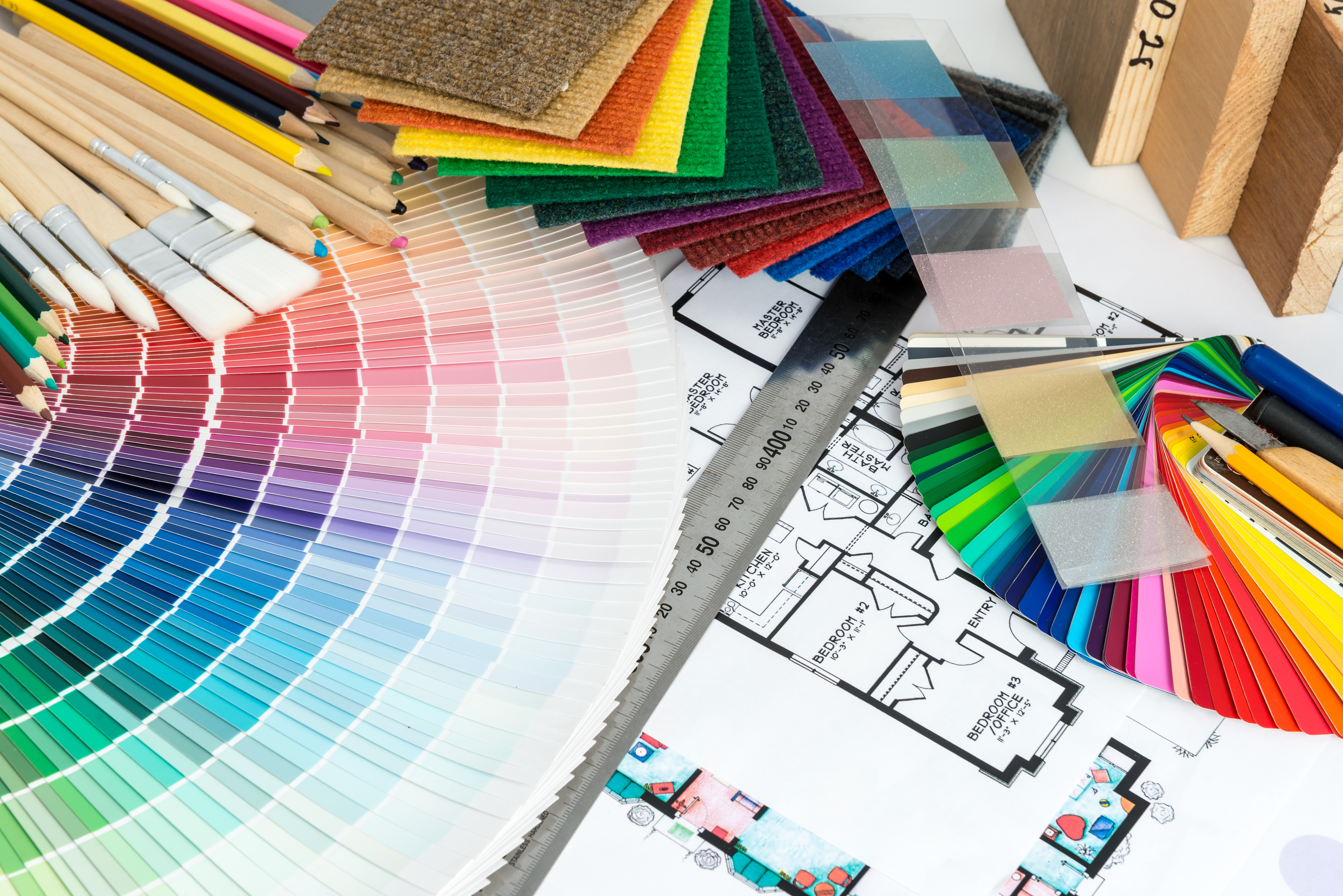
5. Recycle while you shop
Did you know that many retailers also take back products they sell at their end-of-life to be recycled? For example, many take backlight bulbs, paint, batteries, smoke alarms, small appliances, and more. If you’re doing a lot of shopping as you’re prepping your new home, kill two birds with one stone and recycle your old items when you’re buying new ones or replacements.
To find out if a retailer recycles old products, check out their website or ask in-store. For smoke alarms, paint, and light bulbs, you can check our recycling locator to see if any retailers in your area collect these items.
Moving is an exciting time for fresh starts, and there’s no better time to pick up some new environmentally-friendly habits. Here are even more eco-friendly tips to save energy and reduce waste in your new home. Have more eco-friendly tips for homeowners? Share them with us on Facebook, Instagram, and Twitter.
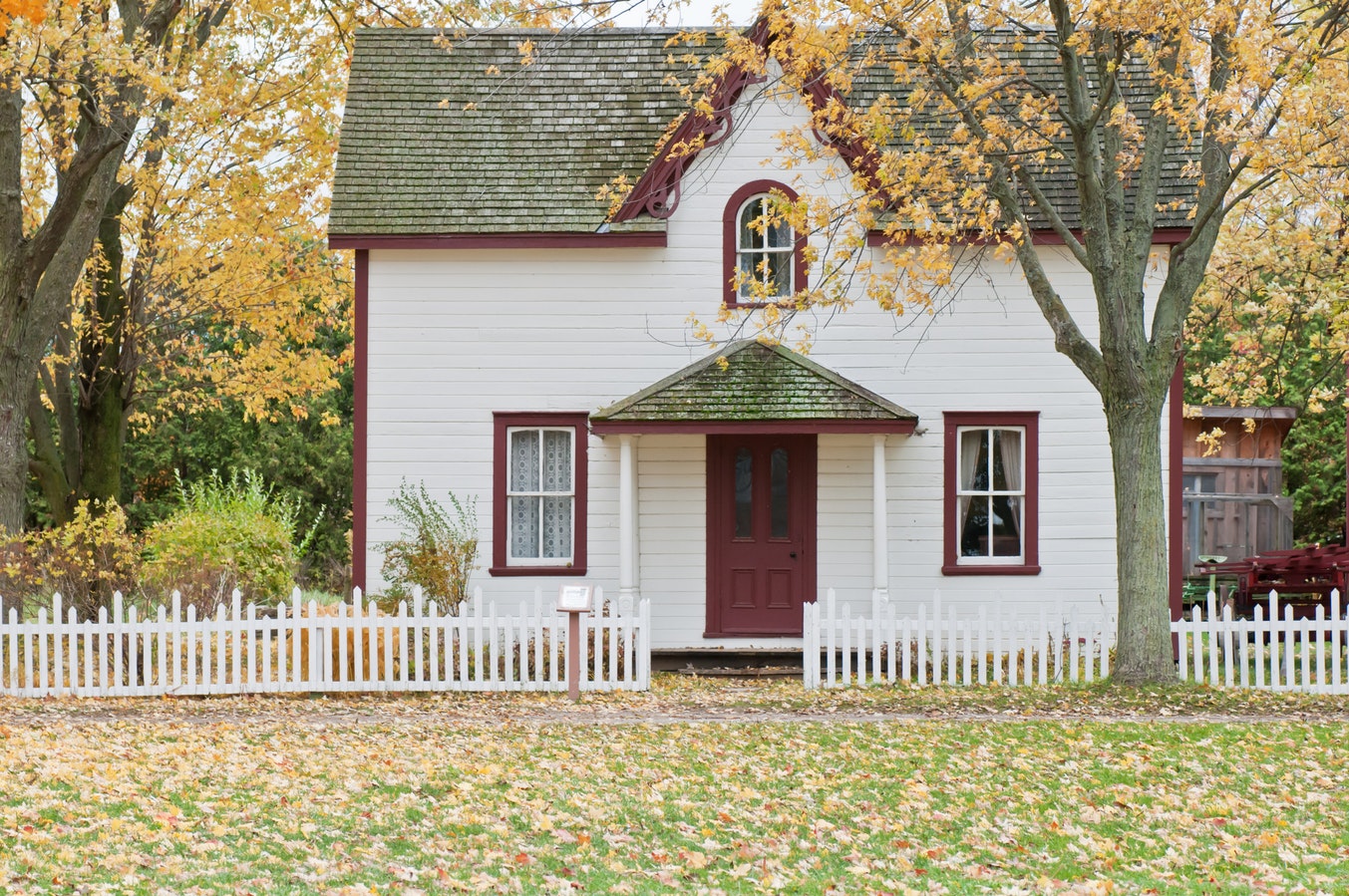



Commentaires